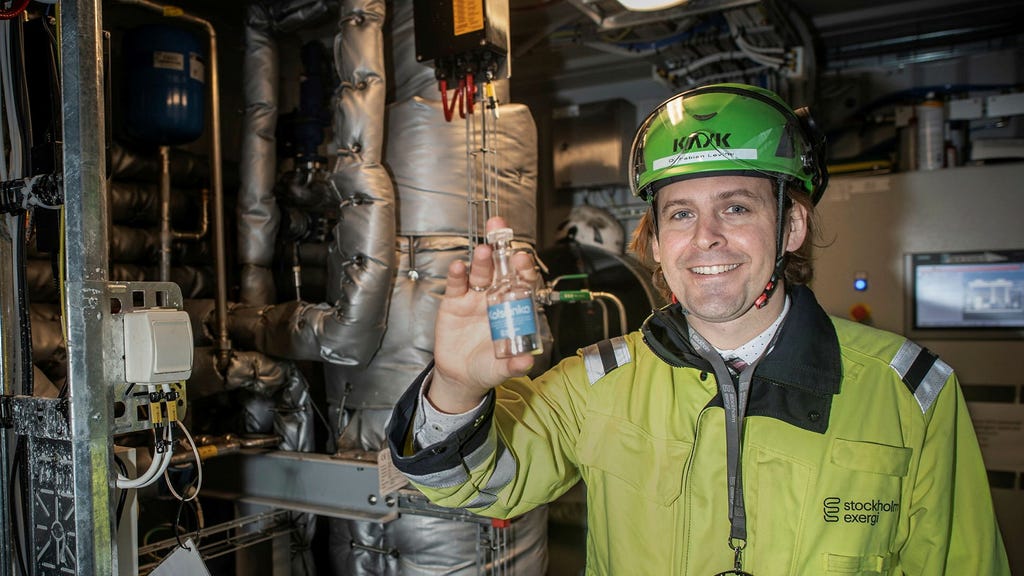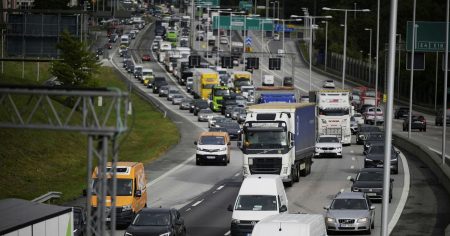In recent discourse surrounding climate change mitigation, the technology currently being tested in Stockholm has garnered significant attention from the world’s nations and the UN climate panel. This technology is viewed as pivotal for achieving the ambitious goal of limiting global warming to 1.5 degrees Celsius. The overwhelming consensus is that, without breakthroughs in this area, the efforts to curb climate change may fall short. These developments have raised expectations and hopes for a future where technological advancements could effectively offset or reduce the impacts of climate change, thereby allowing for a more sustainable planet.
Despite the optimistic outlook, there are growing concerns about the feasibility and reliability of this technology. Skeptics warn that reliance on unproven technologies may be akin to building a mirage, a ”castle in the air.” There is a fear that if these technologies do not deliver the expected results, countries may end up procrastinating on immediate and necessary actions to reduce greenhouse gas emissions. The dilemma lies in whether society is banking on a technological savior while neglecting fundamental changes in behavior, policy, and existing practices that are crucial for sustainable development.
Moreover, the uncertainties surrounding the anticipated breakthroughs add another layer of complexity to global climate policies. While researchers and innovators are working diligently to refine these technologies, progress may not occur within the accelerated timeline that is needed. There is a risk that the credibility of international climate commitments could be damaged if expectations are not met. Countries may find themselves in a precarious situation where they are overly reliant on future solutions while the situation continues to deteriorate in the present.
As nations reflect on their climate strategies, it becomes crucial to balance technological aspirations with actionable specific policies. Investments in renewable energy, energy efficiency, and sustainable practices must be prioritized alongside the exploration of new technologies. Grassroots efforts to educate and mobilize communities can complement high-tech solutions, fostering a holistic approach that integrates social, economic, and environmental considerations. Ultimately, a diversified strategy that incorporates a mixture of current, practical solutions alongside innovative technologies might be the key to effectively combatting climate change.
The role of public perception and political will cannot be overstated in this context. Governments and organizations must communicate transparently about the potential of new technologies without overpromising outcomes. Building trust with the public will be essential in maintaining support for necessary climate actions. If society views these technologies as a definitive solution rather than a part of a broader strategy, it may lead to complacency and hinder progress in addressing climate change holistically.
In conclusion, while the technology being tested in Stockholm represents a beacon of hope for climate change mitigation, it should not be seen as a standalone solution. The risk of placing undue faith in unproven approaches must be approached with caution, ensuring that immediate measures to address emissions and foster sustainability are not sidelined. As the global community navigates the complexities of climate action, a balanced, integrated, and adaptive strategy will be essential to forge a viable path towards a sustainable future.














